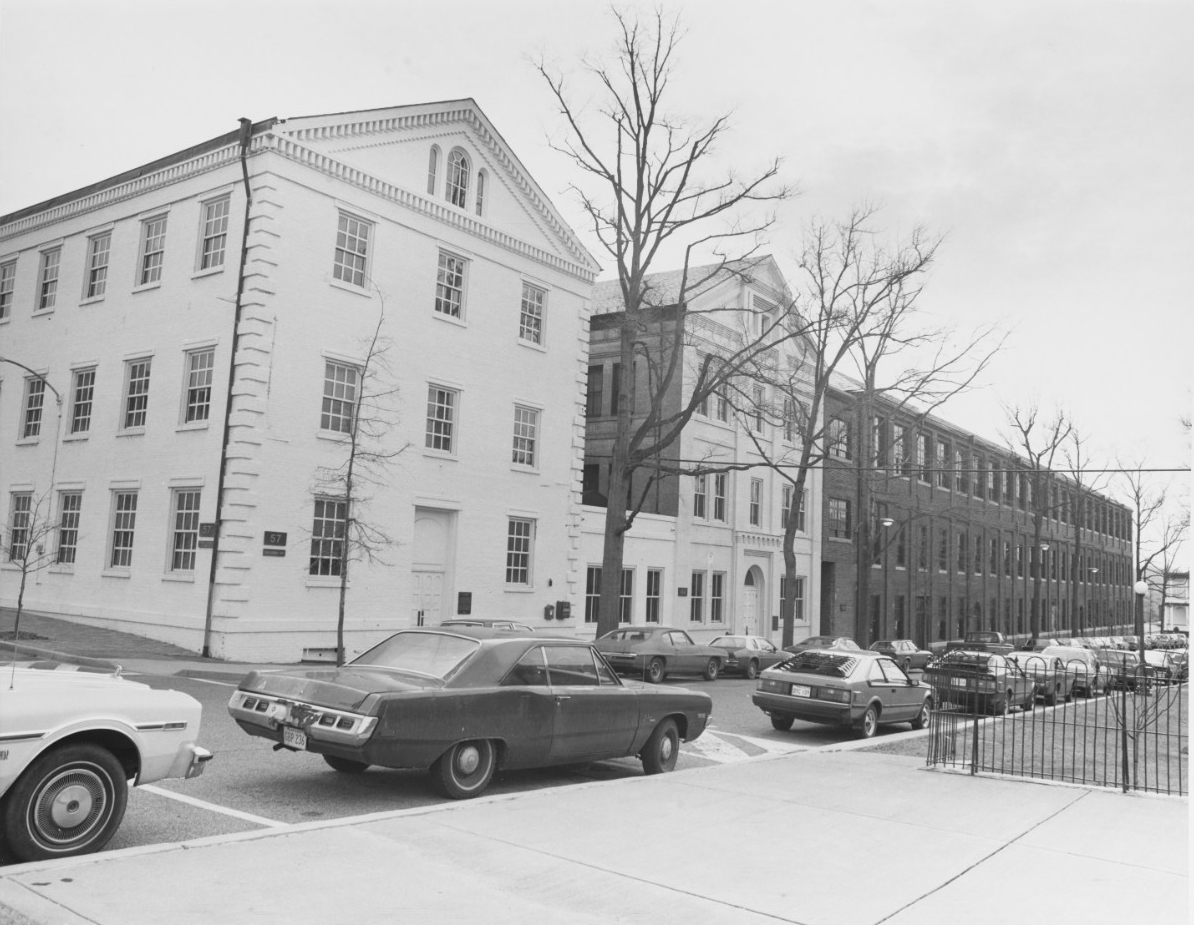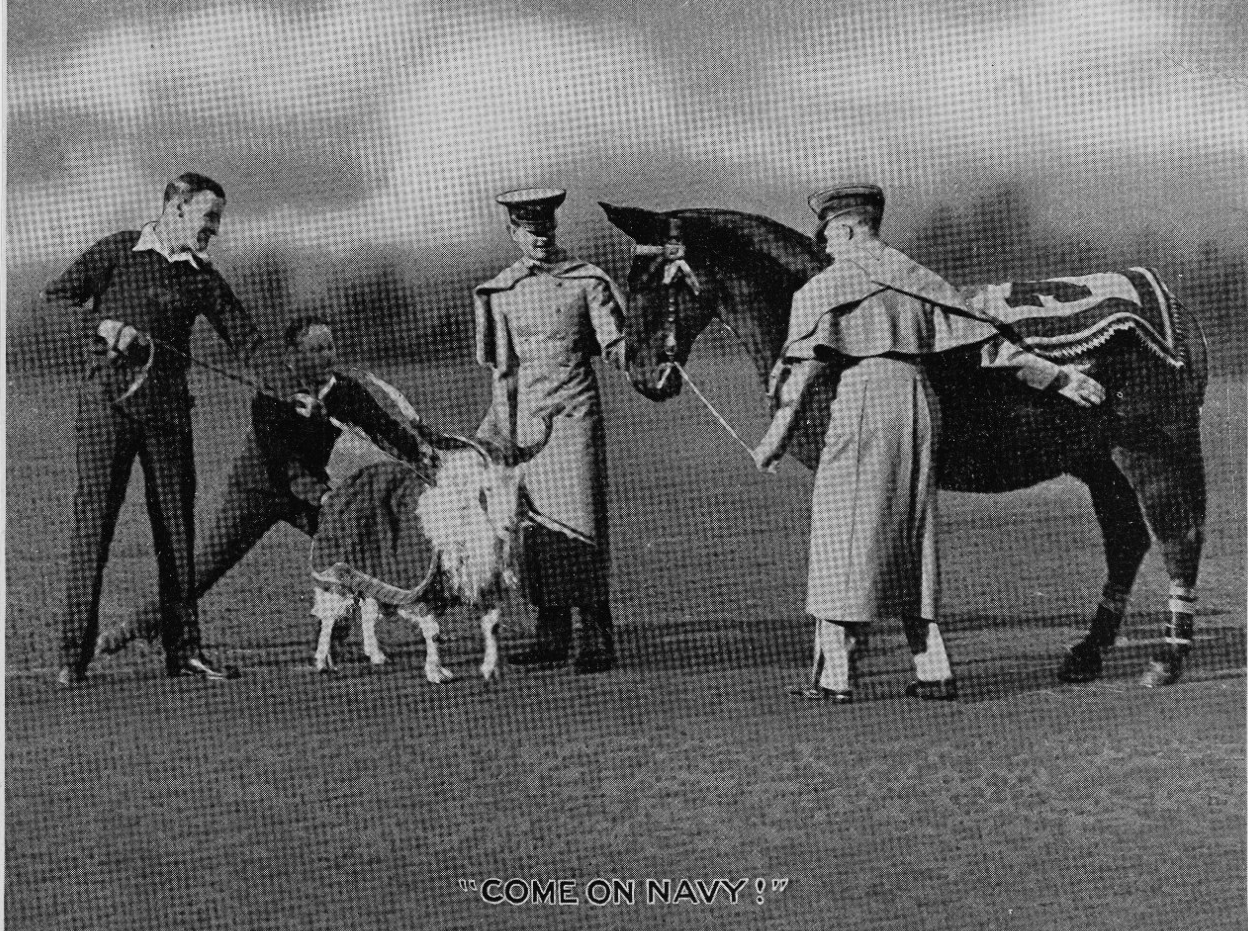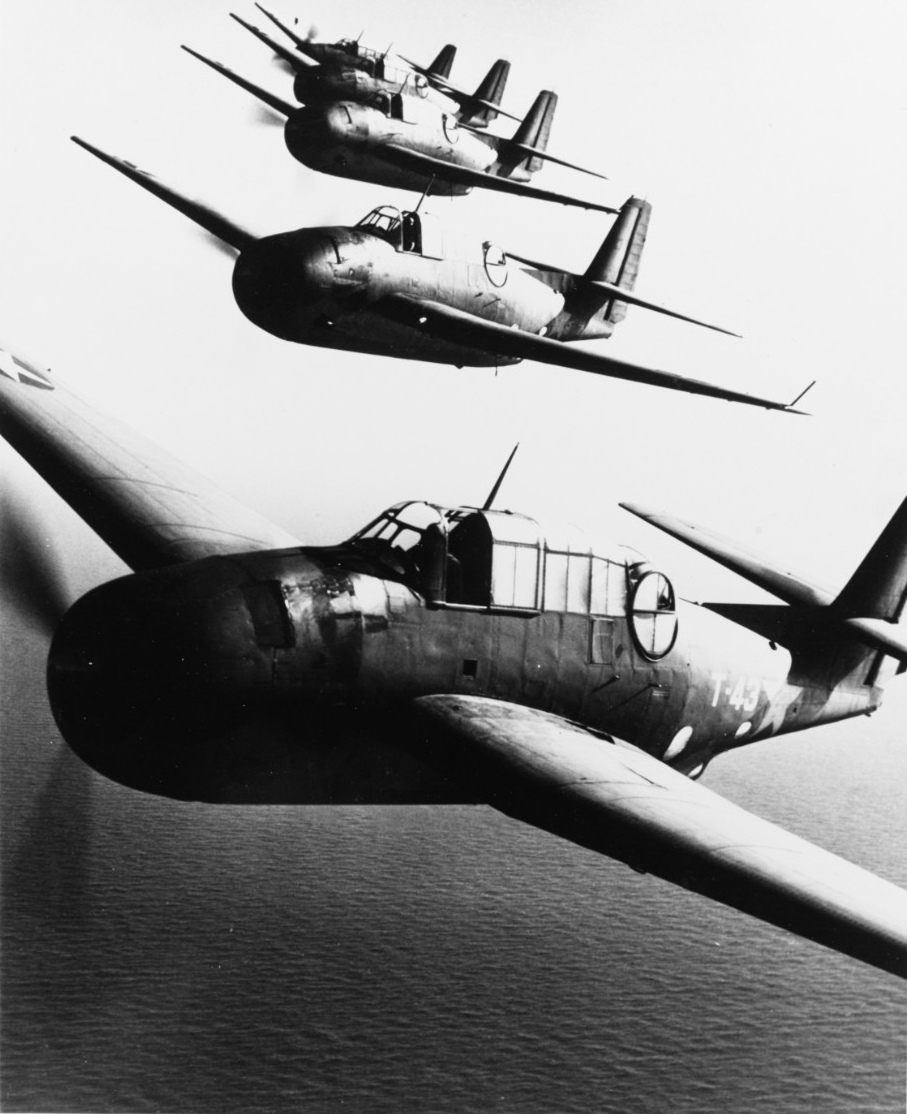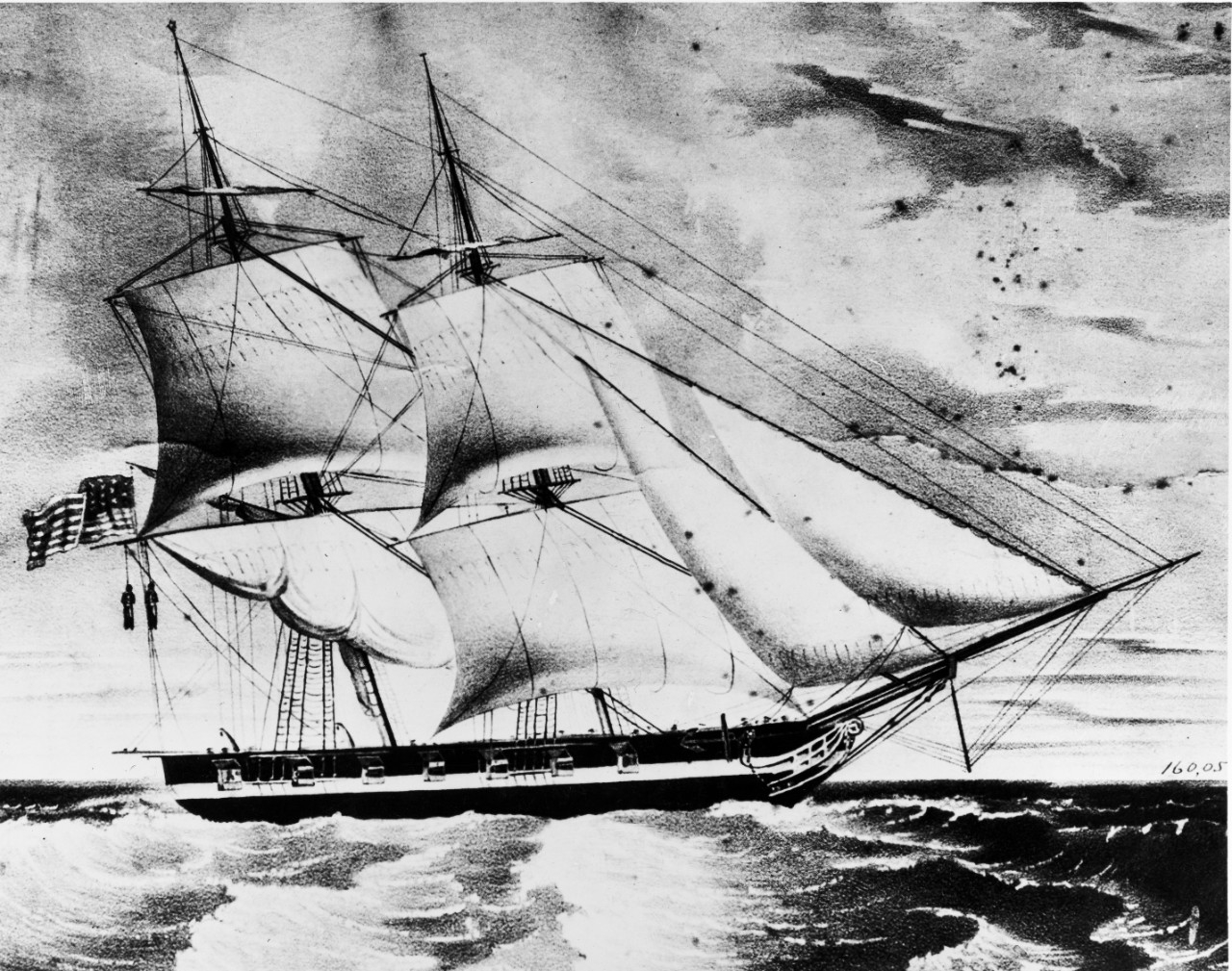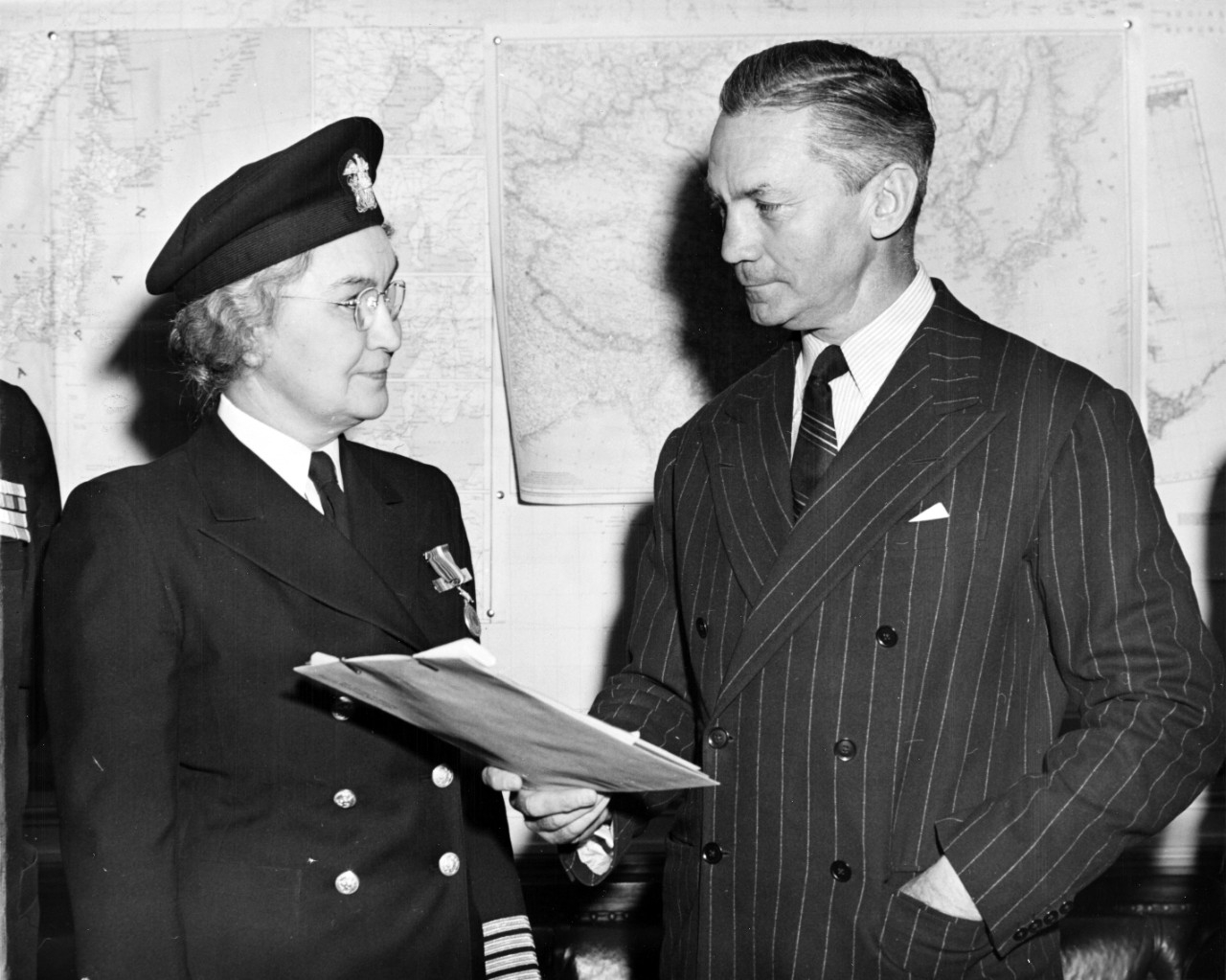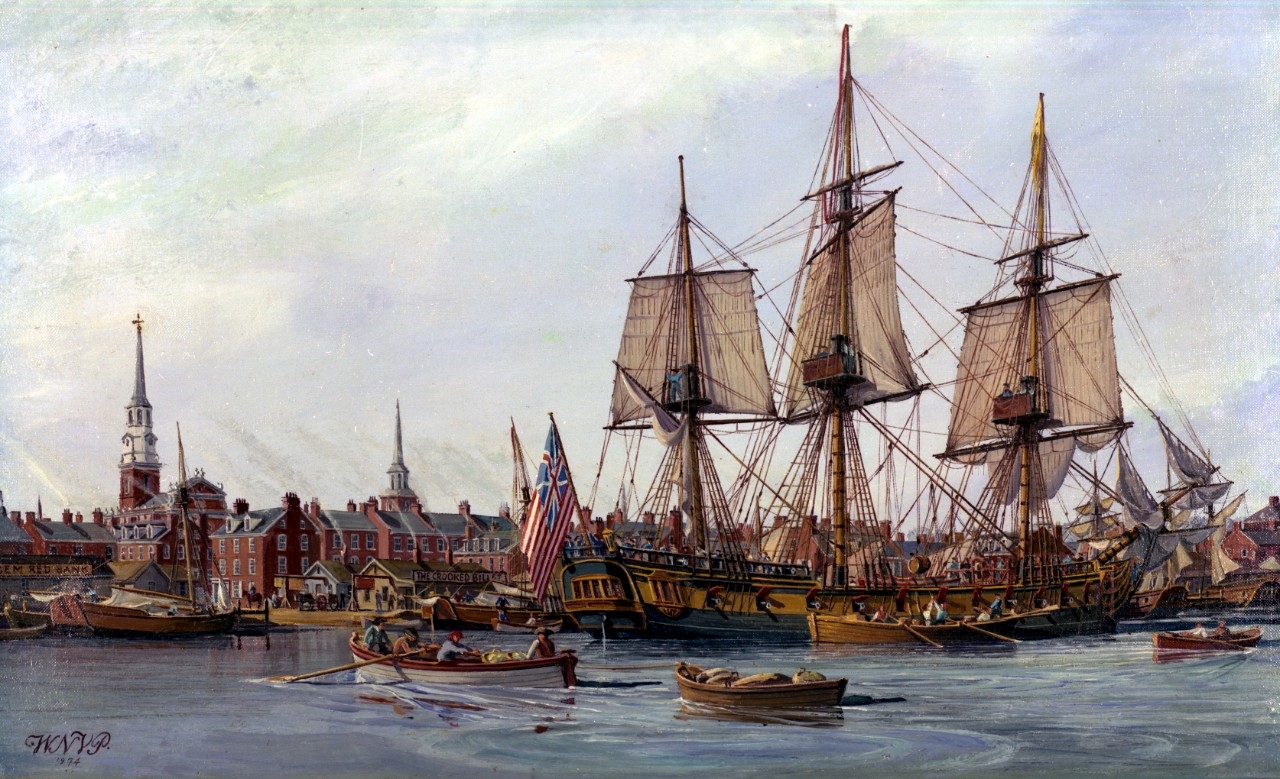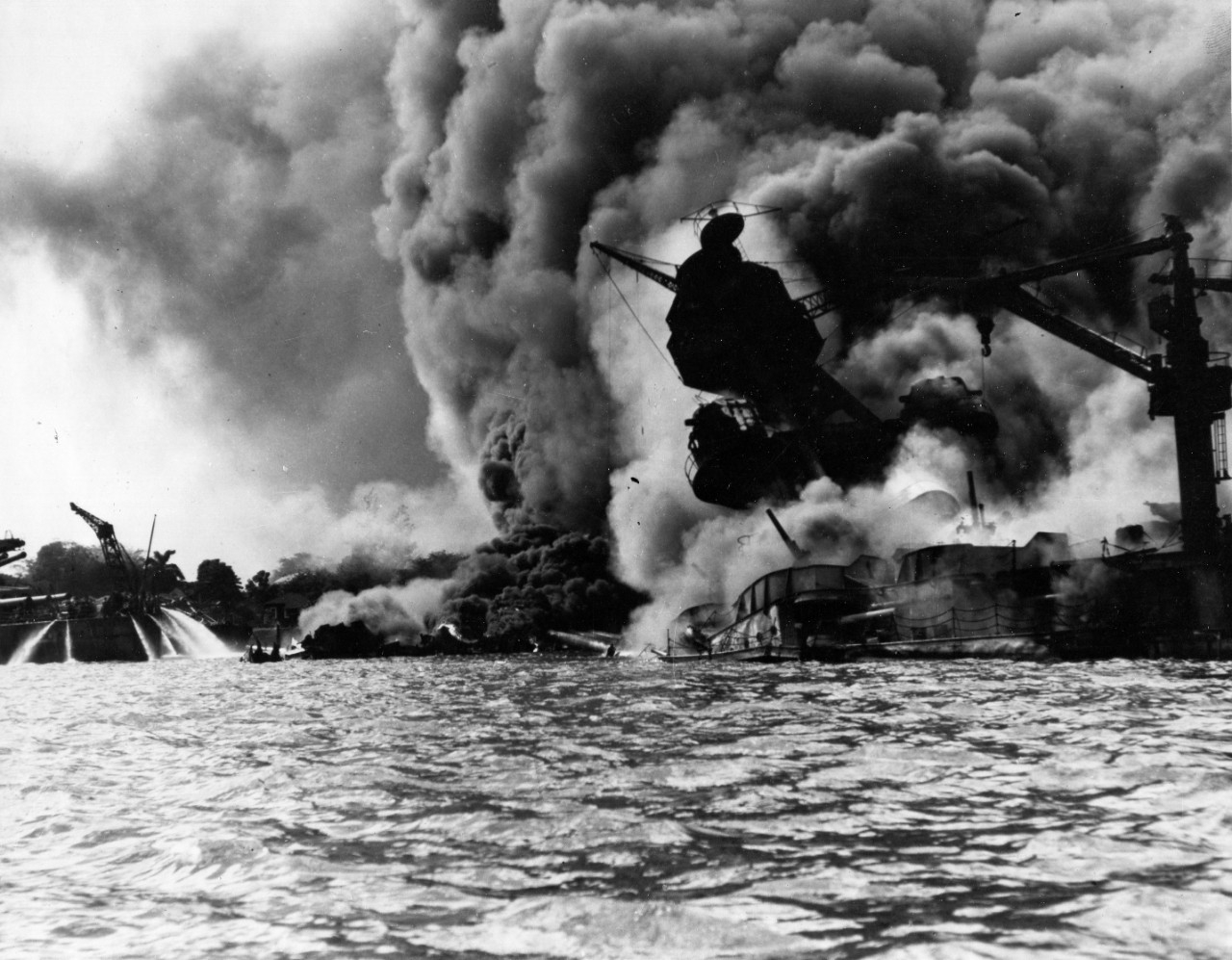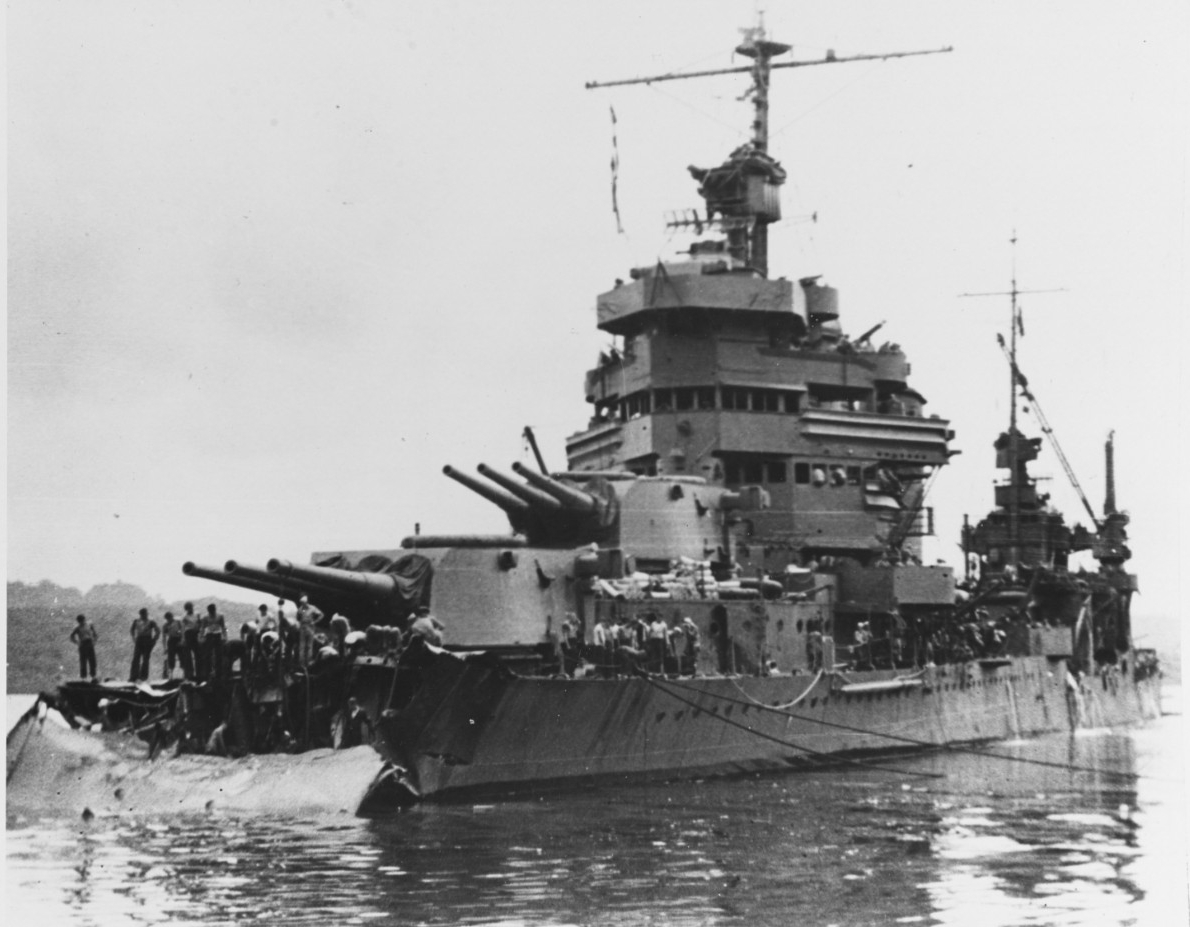Compiled by Brent Hunt, Naval History and Heritage Command’s Communication and Outreach Division
For Our Readers
Due to the impending move of NHHC’s website to another platform, publication of Navy History Matters will be suspended through March 2022. Thank you for your patience and interest in U.S. Navy history.
Naval Historical Center Established—50 Years Ago
On Dec. 1, 1971, the Naval Historical Center was established by consolidating the Naval Historical Display Center—now the National Museum of the U.S. Navy—and the Naval History Division. In 1982, NHC moved into a new building complex named in honor of Commodore Dudley W. Knox located on the Washington Navy Yard. Also during that year, the Naval Historical Foundation donated its collection of art and artifacts to the Navy Museum. In 1991, oversight of USS Constitution Maintenance and Repair Division—known today as Detachment Boston—was transferred to NHC, and in 1996, the Underwater Archeology Branch was established. In 2006, NHC was given oversight of all SECNAV-designated Navy museums. On Dec. 1, 2008, through OPNAVNOTE 5400, NHC was renamed the Naval History and Heritage Command in recognition of its broader responsibilities. For more, read the origins of NHHC at our website.
Alaskan Native Solomon Atkinson: Family Man, Patriot and Countryman
Alaskan Native Solomon Atkinson led an extraordinary life. When he was just 21-years-old, he decided to leave his small village of less than 500 people in Metlakatla and enlist in the U.S. Navy. In 1953, he volunteered for the Underwater Demolition Teams and subsequently became a frogman—just as he always dreamed. When the first SEAL (Sea, Air, Land) teams were established in 1962, Atkinson volunteered again becoming one of the first Navy SEALs and one of the 60 founding members of SEAL Team 1. As a SEAL, he deployed to Korea and the Pacific, completed three combat tours during the Vietnam War, and was a SEAL instructor. He rose to the rank of Chief Warrant Officer 4, received a Bronze Star and Purple Heart before retiring in 1973 after 22 years of service. Just days after his retirement, he packed his family up in Little Creek, VA, and drove their Ford van more than 3,500 miles back to his Alaskan hometown. Once he returned home, Sol [as he was often called] continued to serve his people, state, and nation on the Indian Community Council and Board of Education, as a founder and president of the first veteran’s organization on Annette Island, and as mayor of Metlakatla. Surrounded by his family in his home in Metlakatla, Sol passed away in July 2019. “Chief Warrant Officer 4 Sol Atkinson was a dedicated family man, a patriot and a serviceman to his country,” said the commanding officer of SEAL Team 1. “He set the standards high in a lot of regards, both in and out of uniform, and is certainly remembered throughout the teams for all he’s done.” For more, read the U.S. Navy press release. For more on the Contributions of Native Americans to the U.S. Navy, visit NHHC’s website.
Army Gets Navy's (Wrong) Goat
Mascot-nabbing has officially been off limits between the service academies for nearly 30 years, but that didn’t stop some West Point cadets from attempting to heist Bill—the Naval Academy’s beloved goat and mascot. Problem was they took the wrong goat. At some point during the weekend before Thanksgiving, a group of West Point cadets snuck into a farm in Maryland where Bill resides (his understudy and predecessors live there as well). They stole what they thought was the current mascot Bill XXXVII, but instead made off with Bill XXXIV, a 14-year-old billy with just one horn who retired in 2015. The incident prompted school superintendents Army Lt. Gen. Darryl Williams and Vice Adm. Sean Buck to issue statements. “The academies have an agreement that live animal mascots are off-limits when it comes to ‘spirit missions’ ahead of our football rivalry weeks,” Williams and Buck wrote. The goat was returned safely to the farm, and the incident is under investigation. Pranks leading up to the annual classic, dubbed “America’s Game,” were previously considered in “good fun,” but in 1992, officials at both schools signed a memorandum of agreement banning the “kidnapping of cadets, midshipmen, and mascots.” For more, read the article. The annual pigskin classic between the Navy Midshipmen and the Army Black Knights is scheduled for 3 p.m. on Dec. 11 at MetLife Stadium in East Rutherford, NJ. Navy leads the series that dates back to 1890, 61–52. To view all the Army-Navy Game Scores, visit NHHC’s website.
The Loss of Flight 19
Shortly after 2 p.m. on Dec. 5, 1945, five TBM Avenger torpedo bombers departed U.S. Naval Air Station Fort Lauderdale, FL, for a routine navigational training flight with Lt. Charles C. Taylor as the flight’s leader. The group of aircraft, named Flight 19, was to execute Navigation Problem No. 1, which was to fly to the east from the Florida coast, conduct bombing runs at a place called Hens and Chickens Shoals, turn north, and then proceed over Grand Bahama Island. The flight’s last leg was to fly back to NAS Fort Lauderdale. The weather was projected to be relatively normal except for a few scattered showers. Shortly after the second leg of the flight, the aviators reported they were lost. Within minutes, tower personnel scrambled two PBM Mariner flying boats carrying rescue equipment to head for Flight 19’s last known estimated position. About 10 minutes into the rescue flight, personnel from both planes checked in with the tower, but that was the last time one of the planes transmitted back to Fort Lauderdale’s flight operations. After an extensive search, nothing was ever found from the six lost aircraft and their crews. Because of the tragedy, 27 men lost their lives. For more, read The Loss of Flight 19 at NHHC’s website.
Mutiny Onboard Somers
On Dec. 1, 1842, Midshipman Philip Spencer, Boatswains Mate Samuel Cromwell, and Seaman Elisha Small of the Bainbridge-class brig Somers were executed for mutiny. Spencer was the son of then-Secretary of War John Canfield Spencer. An onboard investigation indicated the three men were plotting to take over the ship and use Somers for piracy. Somers’ officers reported they had “come to a cool, decided, and unanimous opinion” that the prisoners were “guilty of a full and determined intention to commit a mutiny.” All three men were hung. Upon Somers’ return to New York, a naval court of inquiry investigated the mutiny, execution, and subsequent court martial. Both proceedings exonerated Somers commander, Alexander Mackenzie, who initially ordered the arrest of the mutineers.
Dauser First Nurse to Receive Distinguished Service Medal
On Dec. 1, 1945, Capt. Sue S. Dauser of the Navy Nurse Corps received the Distinguished Service Medal for her leadership during World War II. It was the first time a nurse received the medal. Dauser graduated from the California School of Nursing in 1914 and became a Navy nurse in September 1917. She served as chief nurse with a naval base hospital in the United States and in Scotland during World War I. Following the war, she was placed in charge of nursing activities at U.S. Naval Hospital, San Diego, CA. During the 1920s, Dauser served onboard several ships, overseas, and at U.S. facilities. She tended to President Warren G. Harding during his fatal illness in 1923. In the 1930s, Dauser was the principal chief nurse at several Navy medical facilities. She was appointed superintendent of the Navy Nurse Corps in 1939. Serving in that capacity throughout World War II, she supervised the great wartime expansion of the Nurse Corps and its activities throughout the world. In December 1942, after changes in the law, she received the rank of captain. She retired from active duty in November 1945.
First American Flag Raised Onboard a Ship
On Dec. 3, 1775, the first American flag was raised onboard a Continental ship when Lt. John Paul Jones hoisted the Grand Union flag during Continental ship Alfred’s commissioning at Philadelphia, PA. Alfred was the flagship of Commodore Esek Hopkins’ Continental Navy flotilla during the remainder of 1775 and the first four months of 1776. Capt. Dudley Saltonstall commanded Alfred at that time. In August 1777, with Capt. Elisha Hinman as the ship’s commander, Alfred hoisted her sails for France in company with frigate Raleigh to obtain military supplies. While underwat, they captured four small prizes. They reached L'Orient, France, on Oct. 6, and on Dec. 29, set sail for American shores. They proceeded via the coast of Africa, where they took a small sloop, and then headed for the West Indies, hoping to add to their score before turning northward for home. On March 9, 1778, near Barbados, they encountered British warships Ariadne and Ceres. When the American ships attempted to flee, Alfred fell behind her faster consort. Shortly after noon, the British men-of-war caught up with Alfred and forced her to surrender after a half an hour's battle. Alfred was subsequently taken to Barbados, and rearmed with 20 guns as HMS Alfred.
Webpage of the Week
In commemoration of the 80th anniversary of “a date which will live in infamy,” this week’s Webpage of the Week is the Pearl Harbor attack page on NHHC’s World War II pages. Read stories of heroism, survivor reports, intelligence documents, and much, much more. Watch an interview with NHHC historian Robert J. Cressman as he discusses Japan’s strategic objective, and view a story map that outlines the attack. Also, explore the Pearl Harbor remembrance section that provides the history, imagery, and resources about the day that killed more than 2,000 Americans and left about 1,000 more wounded. The memory of Pearl Harbor inspired perseverance through the challenges of the years ahead and remains a reminder of the sacrifice of service members past and present.
Today in Naval History
On Nov. 30, 1942, USS Northampton was sunk during the Battle of Tassafaronga at Guadalcanal. In addition, USS Pensacola, USS New Orleans, and USS Minneapolis were badly damaged by a Japanese counter-attack using Type 93 “Long Lance” torpedoes. The engagement took place in the “Ironbottom Sound” off Tassafaronga Point on Guadalcanal’s northern coast. The U.S. Navy task force attempted to surprise and destroy Japanese cruisers and destroyers dispatched to resupply Japanese ground forces on Guadalcanal. Utilizing their still relatively new surface-search radar, they located the Japanese ships and sank an enemy destroyer. However, the accompanying Japanese warships reacted quickly with their very effective torpedoes that sank Northampton and heavily damaged the three other cruisers. The Japanese were able to escape the engagement, but were unable to land their supplies and reinforcements to Japanese boots on the ground.
For more dates in naval history, including your selected span of dates, see Year at a Glance at NHHC’s website. Be sure to check this page regularly, as content is updated frequently.

